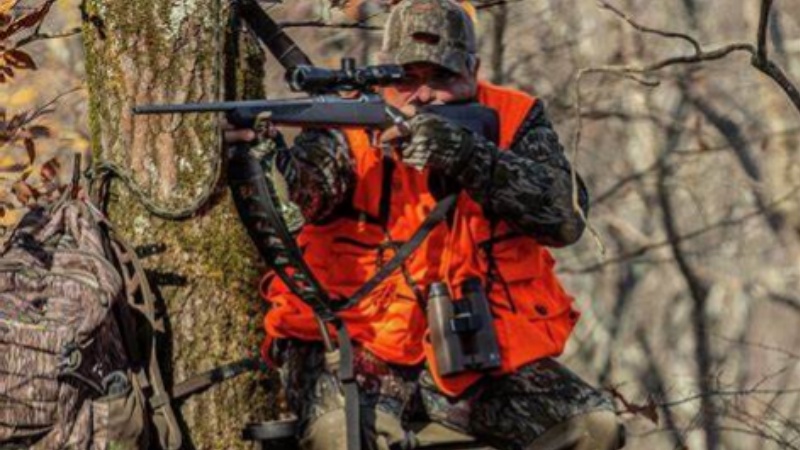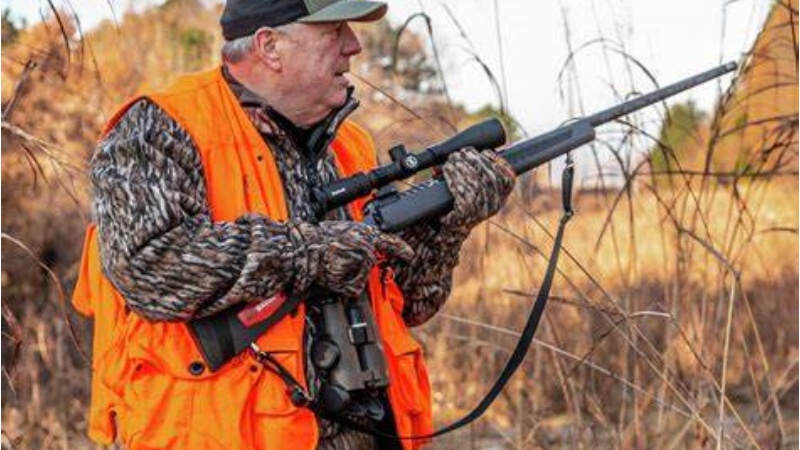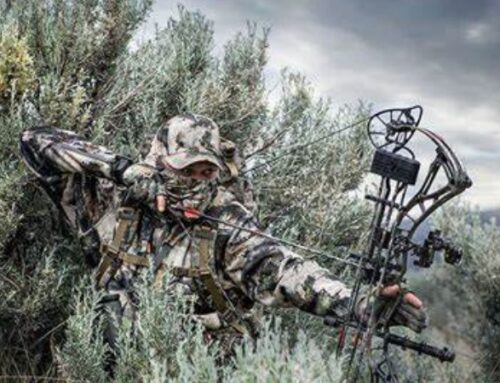Hunter orange vest is a cornerstone of safety in the hunting world, designed to protect hunters by making them highly visible in the field. As hunting season approaches in 2025, these hunting wear remain a legal requirement in many regions, reflecting their proven role in reducing accidents. However, while the hunter orange vest offers undeniable benefits, it’s not without its drawbacks. For hunters, outdoor enthusiasts, and even hunting clothing manufacturers like BOWINS Garment, understanding these limitations is key to making informed gear choices.
In this comprehensive guide, we’ll explore the hunter orange vest in detail—its features, advantages, and, most importantly, its disadvantages. Drawing on specifications from hunting clothing factories, field data, and expert insights, we aim to provide you with actionable knowledge. Whether you’re a seasoned hunter or a newcomer sourcing gear from hunting clothing manufacturers like BOWINS Garment, this article will help you weigh the pros and cons of the hunting vest and decide if it’s the right fit for your next outing.
1. What Is a Hunter Orange Vest?
A hunter orange vest, often called a blaze orange vest, is a high-visibility garment worn by hunters to enhance safety during firearms seasons. Typically made from polyester or a polyester-nylon blend, it features a bright fluorescent orange color that stands out against natural landscapes. According to the International Hunter Education Association, this color is imperceptible to deer but highly visible to humans, reducing the risk of mistaken-identity shootings.
The standard hunter orange vest meets specific requirements, such as a minimum of 400 square inches of coverage (about 20×20 inches), as mandated by many U.S. states like Missouri and Washington. Fabrics are often lightweight, ranging from 100 to 200 grams per square meter (GSM), with mesh options weighing as little as 2 ounces, like the Orange Aglow Signature Mesh Vest. Hunting clothing factories produce these vests with durability in mind, using tear-resistant materials and simple closures like zippers or hook-and-loop fasteners.
While its primary purpose is safety, the hunter orange vest has evolved with features tailored to hunters’ needs, sparking both praise and critique from the community. Let’s break down its core attributes next.
2. What Are Features of Hunter Orange Vest?
The hunter orange vest is engineered for functionality and compliance. Here’s a closer look at its defining features, based on common specifications from hunting clothing manufacturers:
2.1 Fabric and Material Specifications
- Polyester Dominance: Most hunter orange vests are crafted from 100% polyester, offering durability and lightweight comfort. Mesh vests use open-knit designs for breathability, while solid fabrics (120-150 GSM) provide wind resistance.
- High-Visibility Dye: The fluorescent orange hue, often standardized at a wavelength of 595-605 nanometers, ensures maximum visibility. Some vests include UV brighteners, though these can affect game perception.
2.2 Design Elements
- Coverage Area: A typical hunter orange vest provides 400-575 square inches of orange, exceeding legal minimums in states like North Dakota (400 sq in) and Mississippi (500 sq in).
- Pockets and Storage: Models like the GUGULUZA Blaze Orange Vest feature front pockets for ammo or small gear, adding utility without bulk.
- Closures: Zippers, buttons, or Velcro ensure a secure fit over layers, with adjustable side straps on vests like the Allen Company Deluxe model accommodating chest sizes from 26 to 60 inches.
2.3 Weight and Portability
- Ultra-Light Options: Mesh designs weigh as little as 2-3 ounces, making them easy to pack. Solid vests average 8-12 ounces, balancing durability and portability.
These features, honed by hunting clothing factories, make the hunter orange vest a practical choice—but they also hint at potential downsides we’ll explore later.

3. Key Advantages of Hunter Orange Vest
Before diving into disadvantages, it’s worth recognizing why the hunter orange vest is a staple. Data and design underscore its strengths:
3.1 Enhanced Safety
- A 2010 Oregon Department of Fish and Wildlife report found that 81% of vision-related hunting incidents over 20 years involved victims not wearing hunter orange. Vests reduce this risk by sevenfold, per U.S. Army safety studies at Fort Leonard Wood.
3.2 Lightweight Comfort
- At 2-12 ounces, the hunter orange vest adds minimal weight, ideal for long treks. Breathable mesh options from hunting clothing manufacturerslike Orange Aglow keep hunters cool in early seasons.
3.3 Legal Compliance
- In 43 U.S. states, wearing a hunter orange vest (or equivalent) is mandatory during firearms seasons, with coverage requirements ranging from 144 sq in (Arkansas blinds) to 500 sq in (Florida public lands). It ensures hunters meet regulations effortlessly.
3.4 Affordability
- Priced between $9 (Allen Company at Walmart) and $31 (GUGULUZA), the hunter orange vest fits most budgets, offering cost-effective safety from hunting clothing factories.
These benefits explain its widespread use, but no gear is perfect. Let’s examine the other side of the coin.
4. Key Disadvantages of Hunter Orange Vest
While the hunter orange vest excels in safety, its limitations can impact hunting success, comfort, and practicality. Here are the key drawbacks, supported by data and field observations:
4.1 Reduced Stealth Against Certain Game
- Visibility to Animals: Though deer can’t distinguish orange (lacking red-green cone cells), species like turkeys and predators (coyotes, foxes) detect contrast. A study from the University of Georgia notes deer see UV-enhanced orange as a bluish glow, potentially spooking them if brighteners aren’t washed out.
- Camouflage Conflict: The hunter orange vest clashes with camouflage strategies. In a 2023 Quora thread, hunters noted that even orange camo vests disrupt outline-breaking patterns, making stalkers more noticeable in dense cover.
4.2 Limited Weather Protection
- Minimal Insulation: Most hunter orange vests, like the 2-ounce Orange Aglow model, offer no warmth, requiring additional layers in cold climates. Solid vests (8-12 oz) provide slight wind resistance but lack the insulation of jackets (e.g., 100-200g PrimaLoft).
- Not Waterproof: Unlike jackets with Gore-Tex or Toray membranes, the hunter orange vest typically uses DWR (durable water-repellent) coatings at best, insufficient for heavy rain. Hunters in wet regions often need a separate shell.
4.3 Durability Concerns
- Tear Susceptibility: Polyester mesh (100-120 GSM) snags easily on thorns or branches, as noted in Amazon reviews of the Allen Company vest. Solid fabrics fare better but fade after 20-30 washes, reducing visibility per Missouri Department of Conservation guidelines.
- Maintenance Challenges: Dirt, blood, and mud show prominently on orange, and frequent washing (to remove UV brighteners) risks degrading DWR coatings, per hunting clothing manufacturerscare instructions.
4.4 Practical and Aesthetic Limits
- Bulk Over Layers: Adjustable straps help, but a hunter orange vest over bulky late-season gear can restrict movement. A 2022 Reddit thread highlighted discomfort when worn over insulated jackets.
- Single-Use Design: Unlike multi-purpose jackets, the hunter orange vest serves only safety, lacking versatility for non-hunting outdoor activities.
These disadvantages highlight trade-offs that hunters must navigate, particularly in specific scenarios.
5. Considerations When Selecting Hunter Orange Vest
Choosing the right hunter orange vest involves balancing its limitations with your needs. Here’s what to consider, informed by specs and field use:
5.1 Hunting Environment
- Terrain: Mesh vests suit open, warm areas; solid vests better resist brush in thick woods.
- Weather: Pair with a waterproof shell in rain; opt for lightweight models in mild climates.
5.2 Game Type and Tactics
- Stealth Hunts: Bowhunters in archery-only zones (e.g., Colorado) may prefer minimal orange or removable vests.
- Group Hunts: High-visibility vests like the Under Armour Blaze Orange are ideal where safety trumps concealment.
5.3 Fabric and Fit
- Material: Look for 150+ GSM polyester for durability; avoid UV brighteners if hunting wary game.
- Sizing: Adjustable models (e.g., Allen Company, 26-60” chest) ensure a snug fit over layers.
5.4 Regulatory Compliance
- Check state laws—Missouri bans camo orange, while Wyoming allows it. Hunting clothing factoriesoften label vests with square-inch coverage for clarity.
5.5 Budget vs. Quality
- A $9 vest meets basic needs, but a $30 model from hunting clothing manufacturerslike GUGULUZA offers pockets and better stitching.
These factors ensure your hunter orange vest aligns with your hunting style and local rules.

6. Does Hunter Orange Vest Really Work?
The hunter orange vest’s effectiveness is backed by data, but its impact varies:
- Safety Stats: A New York State DEC report (2019) found all hunters shot mistakenly over a decade lacked blaze orange. Oregon’s 2010 study showed a 40% drop in fatalities post-mandate.
- Game Impact: Deer don’t see orange, per Dr. Gino D’Angelo’s research at UGA, but UV brighteners can signal presence. Washing vests 3-5 times reduces this risk, per KUIU recommendations.
- Hunter Feedback: In a 2023 Blocker Outdoors survey, 87% of hunters credited orange with preventing accidents, though 22% felt it hindered turkey hunts.
The hunter orange vest works for safety but requires strategic use to minimize game detection.
7. Final Thoughts
The hunter orange vest remains a vital safety tool, its bright polyester fabric saving lives across countless seasons. Hunting clothing manufacturers and hunting clothing factories have refined its design—lightweight, affordable, and compliant—yet its disadvantages can’t be ignored. From reduced stealth and weather limitations to durability and practicality issues, it’s not a one-size-fits-all solution.
For hunters prioritizing safety in firearms seasons, the hunter orange vest is indispensable, especially from brands like Taian BOWINS Garment Co., Ltd., known for quality gear. However, stealth hunters or those in harsh climates may need alternatives or supplements. By understanding its strengths and weaknesses—backed by data like 400-575 sq in coverage and 2-12 oz weights—you can tailor your gear to your hunt. Weigh your environment, game, and local laws, and choose a hunter orange vest that enhances, rather than hinders, your experience in 2025.





